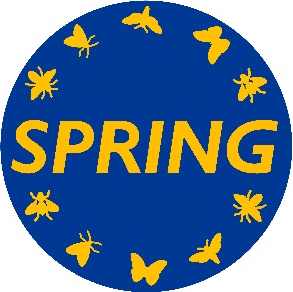Expand the European Butterfly Monitoring Scheme (eBMS) by creating new schemes in 6 EU countries: Denmark, Greece, Latvia, Lithuania, Slovakia and Romania. This will achieve complete coverage of eBMS partnerships in all EU Member States. It will also provide ongoing support to the 10 national schemes that were set up under the ABLE project. Butterfly monitoring uses standardised transects and is mostly carried out by trained volunteers as a form of citizen science.
Build up the capacity of citizen science networks on pollinators across Europe. Some EU countries have a strong baseline of citizen science whereas other countries, particularly in southern and eastern Europe currently have very little citizen science capability. The project will recruit and train more coordinators and volunteers across Europe who are willing to collect data on butterflies, moths, wild bees and hoverflies from the field and report it to the newly developed online database.
Organise advanced taxonomic training to the next generation of taxonomists in Europe, with a focus on wild bees and hoverflies. The aim is to achieve a minimum expert capacity in each EU Member State that can deliver the EU Pollinator Monitoring Scheme (EU PoMS). The experts will be capable of identifying most specimens to species level, with support from the established advanced taxonomy institutes for the remainder of the specimens.
Pilot a Minimum Viable Scheme (MVS) for wild bees, butterflies and hoverflies by monitoring at a small number of sites in every EU Member State, using standardised transects walked by professionals and volunteers. Wild bees and hoverflies will also be monitored by professionals using pan traps.
Monitor rare and threatened species by professionals using a variety of species-specific methods.
Monitor moths by volunteers using light traps.
Besides the core scheme of the EU Pollinator monitoring Scheme, the project will also include additional modules: pollination services measured directly by professionals, flower visitation monitored by volunteers using timed counts and wider insect biodiversity measured by professionals using malaise traps.


